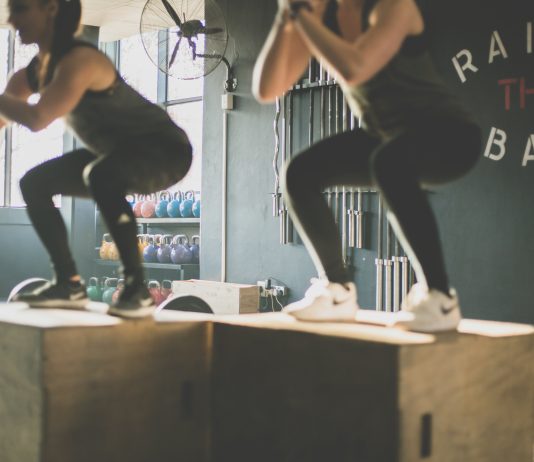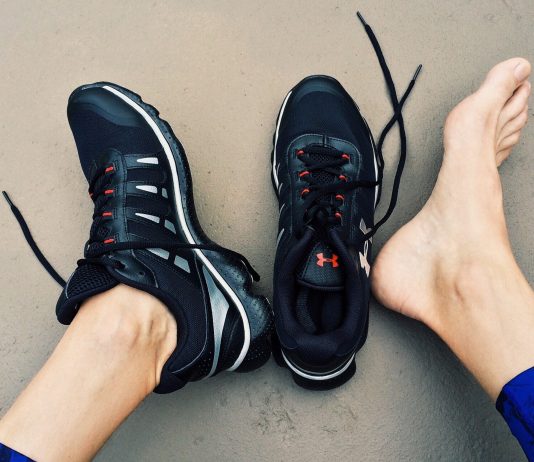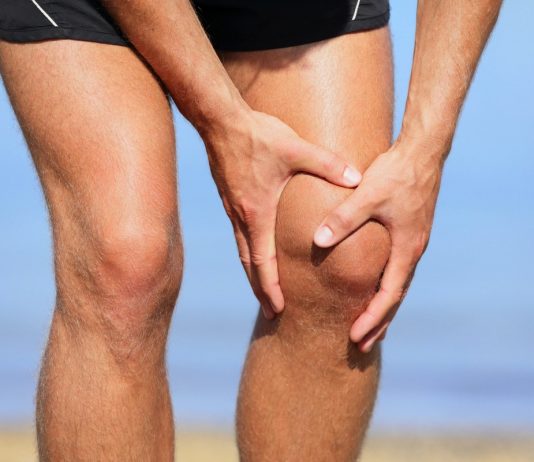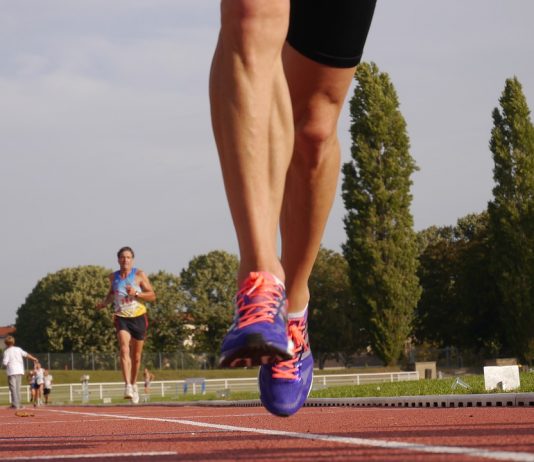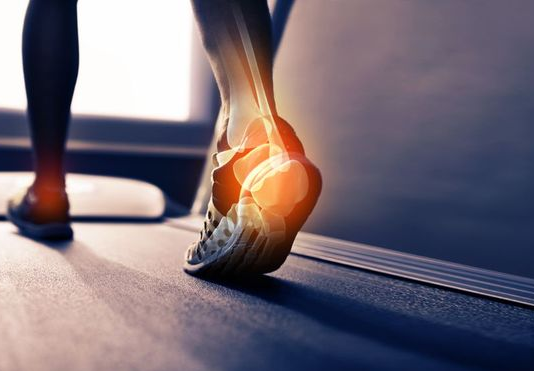Building Stronger Muscles for Efficient Running: The Role of Squats in an Athlete’s Training
Runnerstribe Admin -
One of the most crucial exercises for runners is the squat. The quadriceps, hamstrings, hips, and glutes, which are the most important muscles for running since they propel your stride, are the key targets of this compound, full-body, multi-joint exercise. Your chance of suffering an injury diminishes and your possibility of running quickly increases when these muscles are strong and functional.
Despite the fact that studies have shown that strength training can improve running efficiency in particular, many runners still tend to shy away from it. This can be linked to a number of things, including time restrictions and a preference for running over weightlifting.
Achilles tendonitis refers to a condition where the tendon experiences chronic stress injury due to the accumulation of minor stresses that eventually cause damage. This ailment typically arises when there is an increase in the frequency or intensity of physical exercise, and various factors like inflexibility or overpronation can exacerbate it.
Running is an excellent form of exercise, but it can take a toll on your lower back if you don't take proper care of your body. The lower back plays a crucial role in maintaining an upright posture, but weaknesses in the core muscles, hips, glutes, and hamstrings can cause discomfort, pain, and spasms, putting runners at risk of injuries that can slow down progress.
When it comes to running, having strong and healthy legs is essential. But what you might not know is that squatting is one of the most effective ways to keep your legs and glutes strong. Although it can be challenging to trade a run day for strength training, the benefits of squatting for runners outweigh the cost of skipping a run. In this article, experts break down the advantages of squats and provide guidance on proper squat form.
Runner's knee, also known as patellofemoral pain syndrome, is a prevalent condition that affects the articulation between the kneecap and the thigh bone. While it is commonly associated with runners, it can also impact athletes in other sports, such as tennis. The term runner's knee is often used broadly to describe knee pain resulting from various knee issues.
Understanding and Preventing Stress Fractures in Runners: Expert Tips and Advice
Runnerstribe Admin -
Stress fractures can be a major setback for runners, causing pain and preventing them from running for months. Although blisters and chafing are common annoyances for runners, stress fractures are a more serious injury. But what exactly is a stress fracture, and how can runners prevent them?
Preventing and Managing Stress Fractures in Athletes: Risks, Symptoms, and Treatment
Runnerstribe Admin -
Stress fractures are a common overuse injury that athletes, particularly runners, may experience. These injuries occur as a result of repetitive force to a bone over time, rather than a sudden, traumatic event. The bones of the lower limb, including the feet, legs, and hips, are particularly prone to stress fractures. Certain risk factors can contribute to the development of stress fractures, including increasing training volume too quickly, changing footwear or running surfaces, poor nutrition, prior bone injuries, low BMI, menstrual irregularity, health conditions that reduce bone density, poor biomechanics, and certain running techniques.
Sports Injuries and Regenerative Medicine: Getting Athletes Back in the Game Faster
Runnerstribe Admin -
There's nothing more debilitating for an athlete than an injury that keeps them sidelined. It's not just the physical pain they have to contend with, but also the mental stress of not being able to compete and perform at their very best.
Get ready to boost your running performance with three simple exercises that focus on strengthening your calves and core. The calves, which consist of the gastrocnemius and the soleus muscles, play a crucial role in stride length and pace. These muscles help to initiate the push-off phase of the running stride and absorb impact as your foot hits the ground.







